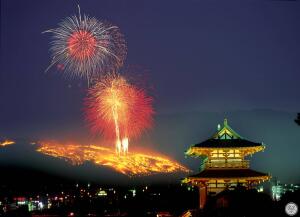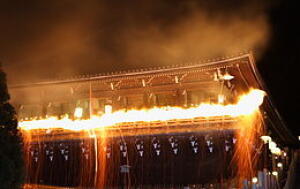In Nara, getting around is easy by train or bus. Two train companies serve the area: Kintetsu Railways and JR West. Kintetsu Nara Station is closest to major attractions like Nara Park and Kofukuji Temple, while JR Nara Station is about a 15–20 minute walk away. Buses operated by Nara Kotsu connect both stations with popular sights, and major IC cards like Suica and Icoca can be used on both buses and trains.
Most top attractions are located in or around Nara Park and are easily explored on foot. Temples like Toshodaiji, Yakushiji, and Horyuji are farther out and best reached by bus or train. To simplify travel, consider the Nara Bus Pass, which starts at 600 yen for one day and goes up to 1,650 yen for a 2-day pass covering a wider area. Foreign tourists can also use the Kintetsu Rail Pass, which includes bus rides and unlimited train travel between Nara, Osaka, and Kyoto.
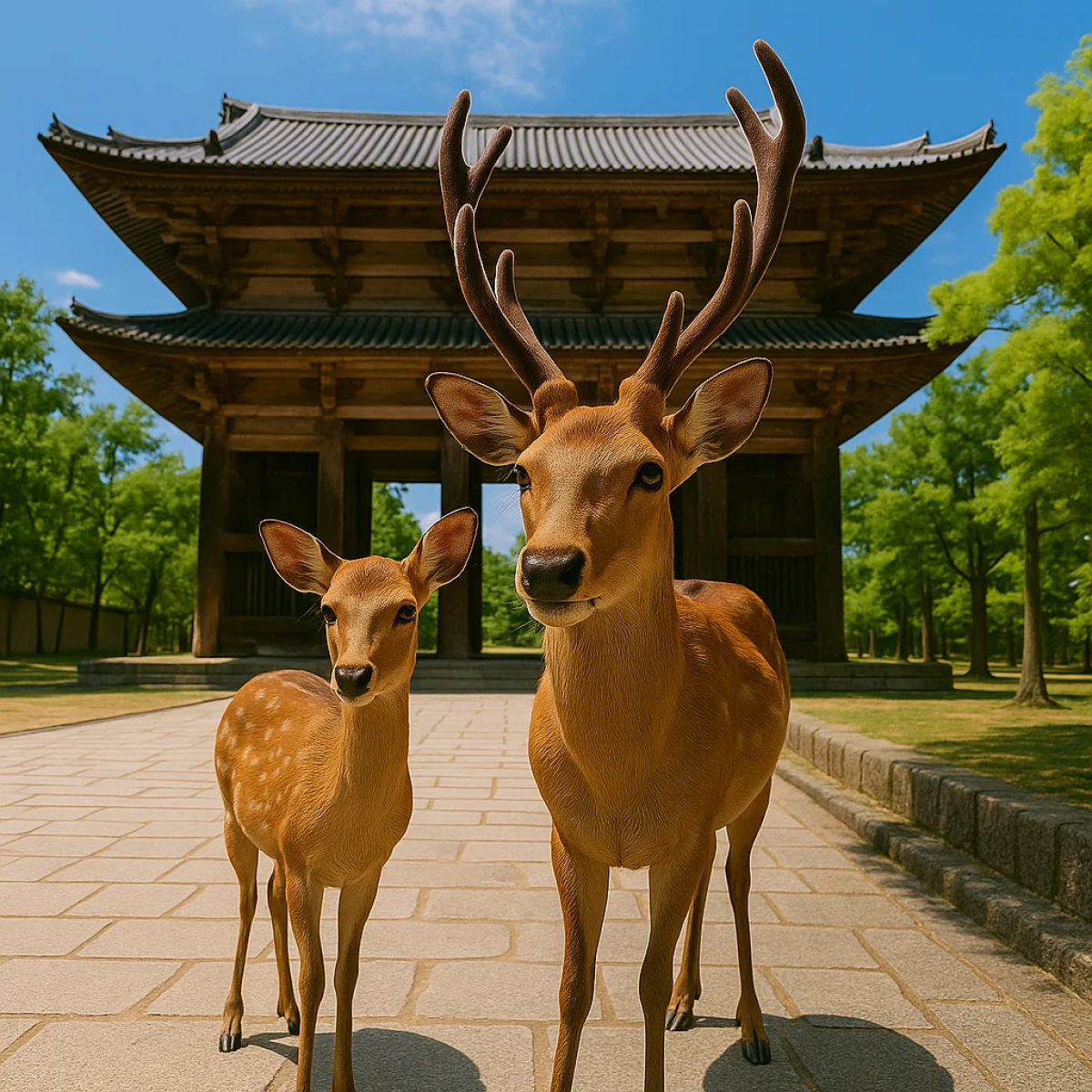
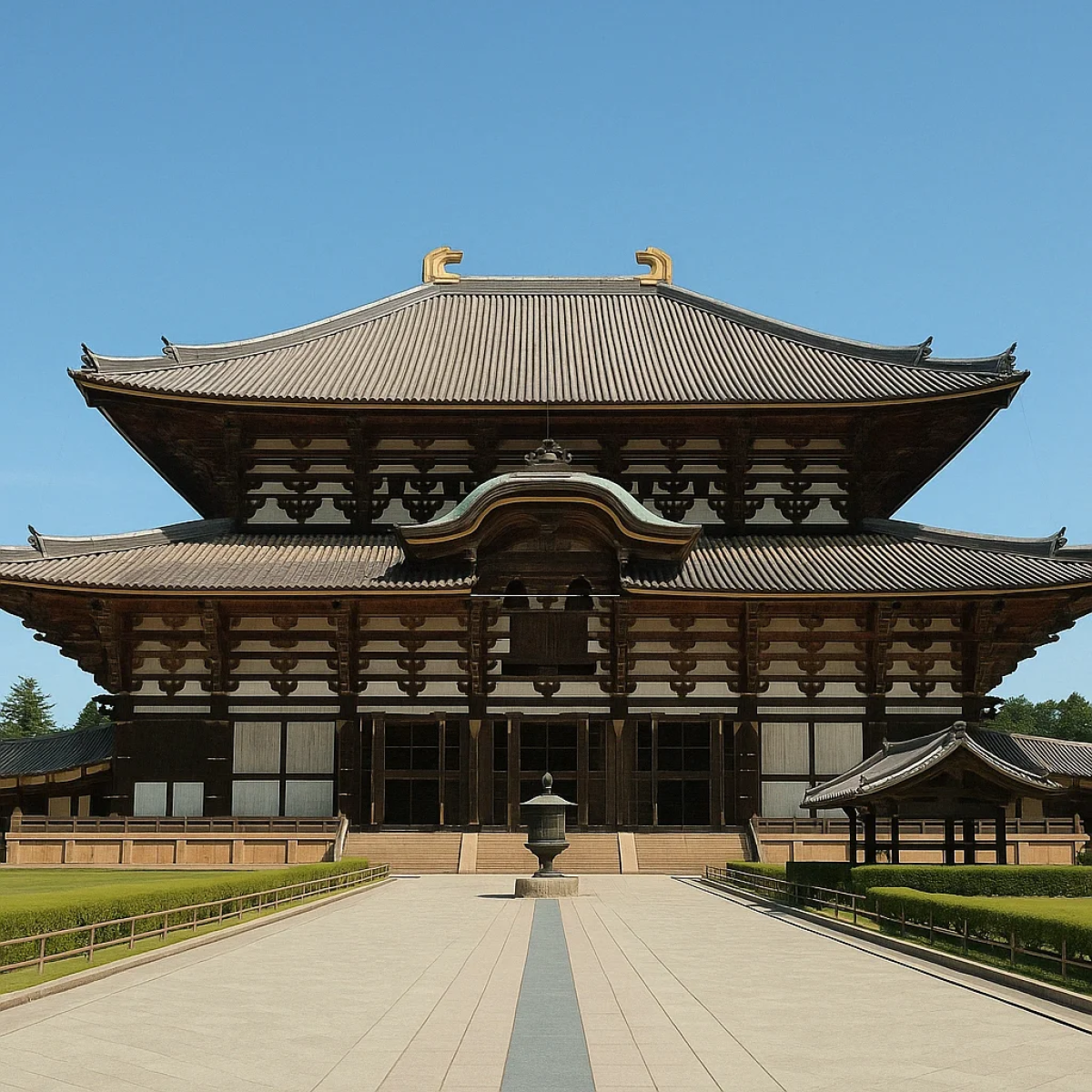
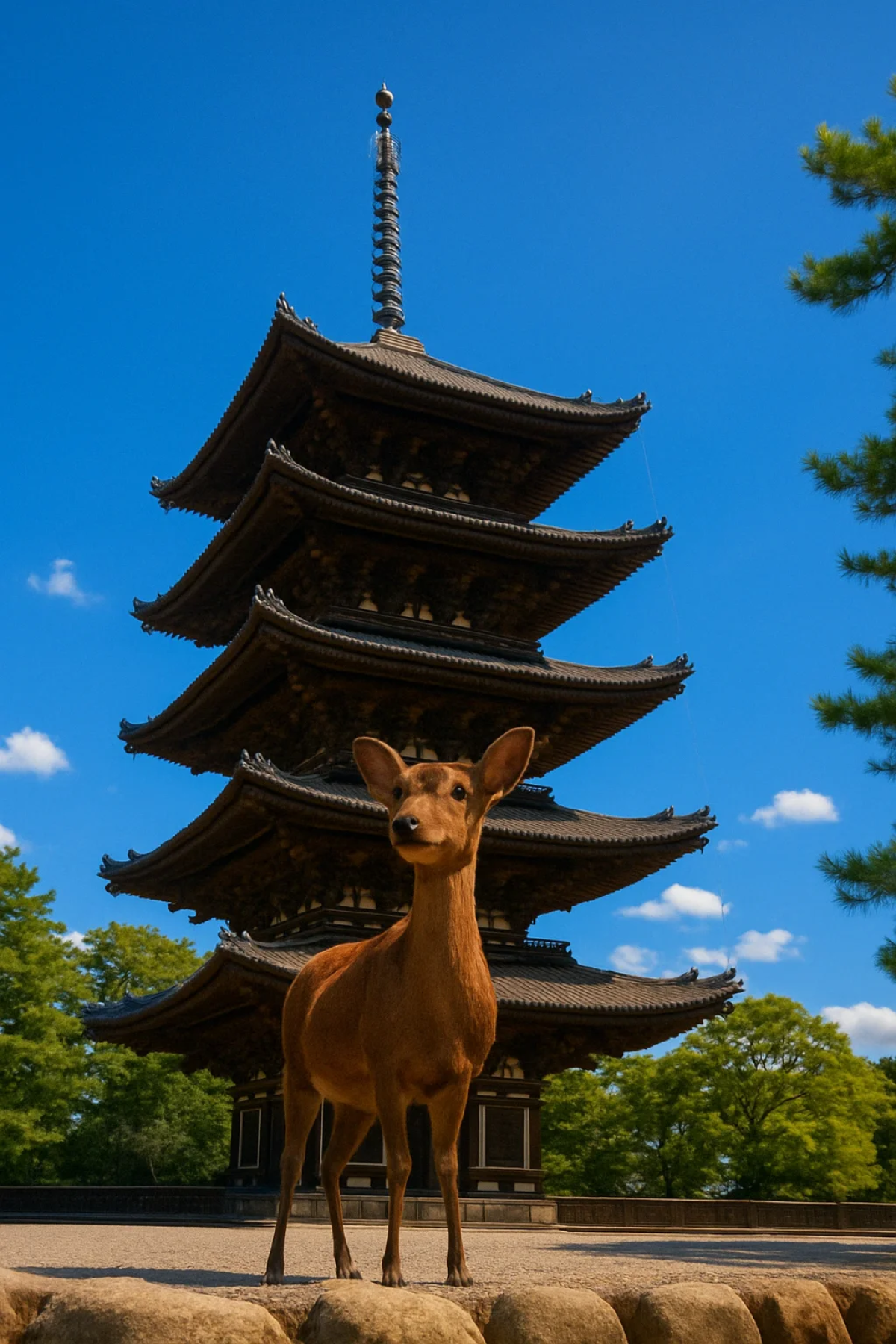

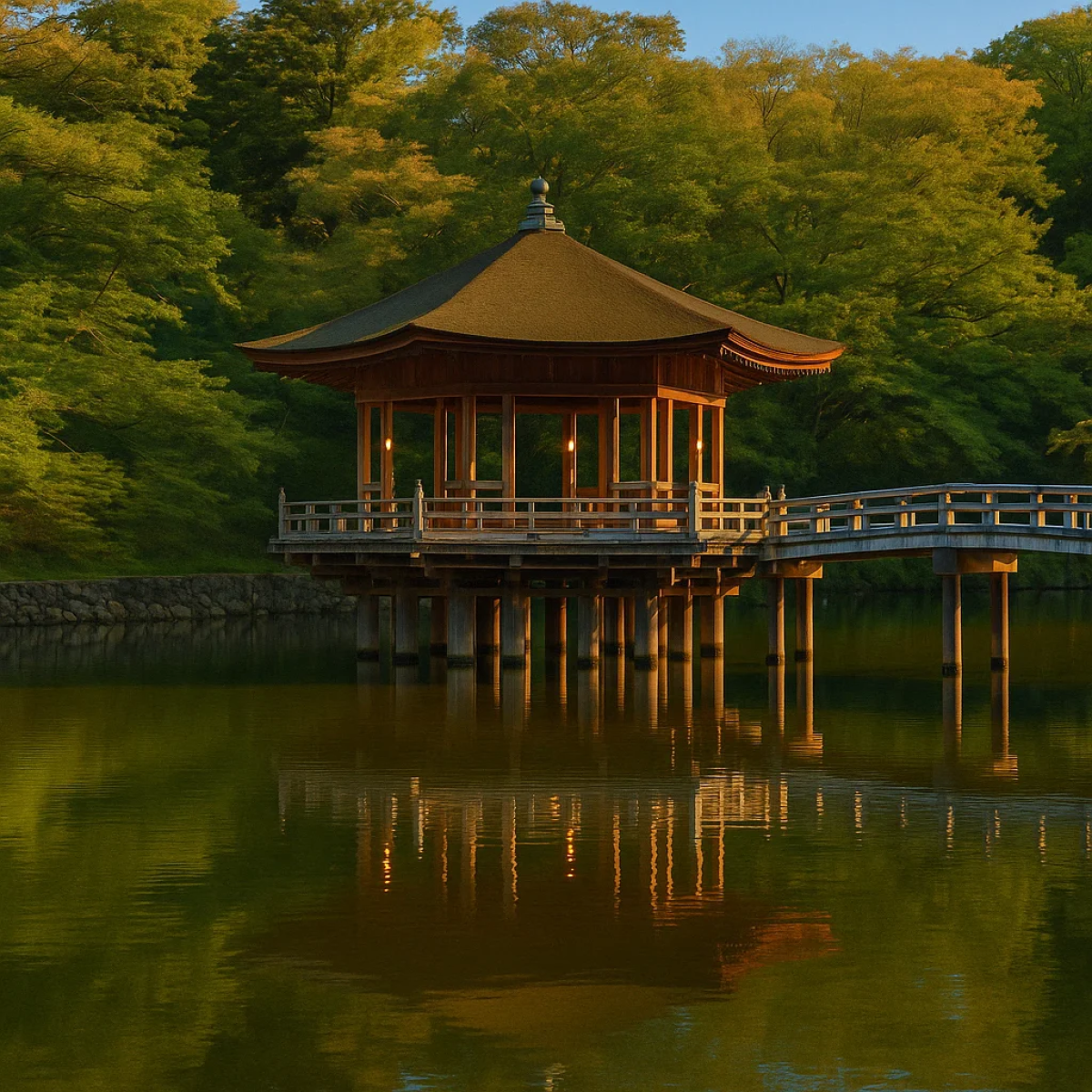
Nara Travel Tips
Nara (奈良), established in 710 as Japan’s first permanent capital, stands as a remarkable repository of history and culture. As the political and cultural heart of early Japan, Nara flourished under the reign of successive emperors, serving as the backdrop for significant developments in governance, religion, and the arts. However, the city’s political prominence began to wane as influential Buddhist monasteries gained power, leading to the relocation of the capital first to Nagaoka in 784 and then to Kyoto. Despite this shift, Nara’s cultural legacy endured, preserved in its historic architecture and vibrant traditions. Today, conveniently situated less than an hour from both Kyoto and Osaka, Nara remains an accessible destination that invites visitors to step back into Japan’s ancient world.
Exploring Nara offers an immersive journey through Japan’s spiritual and historical heritage. The city is home to some of the country’s oldest and most magnificent temples and shrines, each steeped in centuries of tradition. Highlights include the awe-inspiring Todai-ji Temple, which houses the colossal Great Buddha statue, and Kasuga Taisha Shrine, renowned for its thousands of lanterns and serene forest setting. Nearby, Nara Park provides a unique natural experience where hundreds of freely roaming deer—considered messengers of the gods—add to the city’s timeless charm. Every street and garden in Nara echoes stories of the past, making it a captivating destination for history buffs, culture lovers, and curious travelers alike.
Getting around
Attractions
See all- Districts:
- Naramachi
-
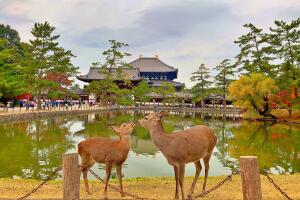 1Nara Park
1Nara ParkSacred deer and historic temples
-
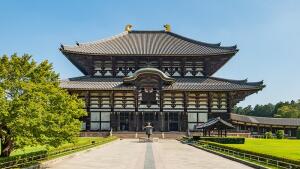 2Todaiji Temple
2Todaiji TempleLarge temple with a big Buddha statue
-
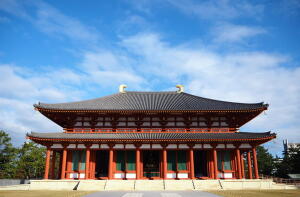 3Kofukuji Temple
3Kofukuji TempleHistoric pagodas, Buddhist art, Fujiwara legacy
-
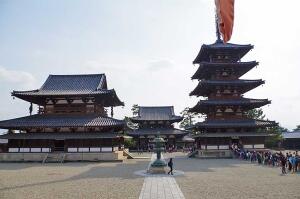 4Horyuji Temple
4Horyuji TempleThe world’s oldest wooden buildings
-
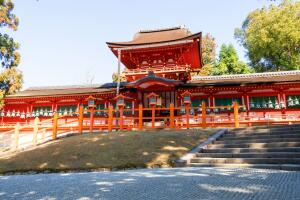 5Kasuga Taisha
5Kasuga TaishaHistoric shrine, lantern festivals, sacred forest
-
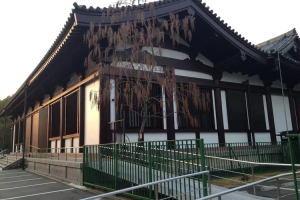 6Kofukuji National Treasure Museum
6Kofukuji National Treasure MuseumBuddhist art and Ashura Statue
-
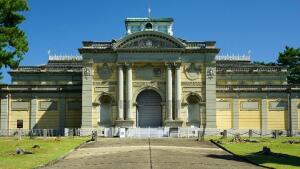 7Nara National Museum
7Nara National MuseumBuddhist art, Todaiji treasures, historic museum
-
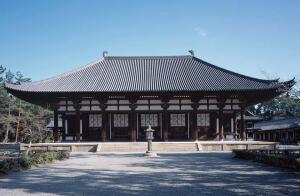 8Toshodaiji Temple
8Toshodaiji TempleGanjin’s influence and historic temple
-
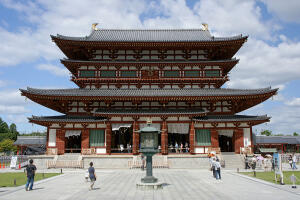 9Yakushiji Temple
9Yakushiji TempleAncient temple with historic pagodas
-
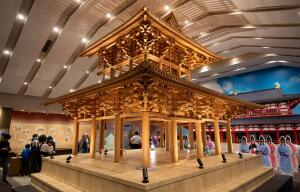 10Heijo Palace
10Heijo PalaceAncient capital, historical reconstructions, UNESCO site
Events
Itineraries
-
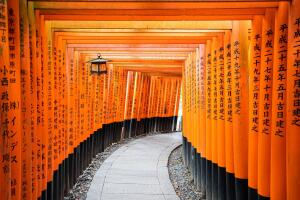 14 days in Japan Itinerary 14 Days $3500
14 days in Japan Itinerary 14 Days $3500 -
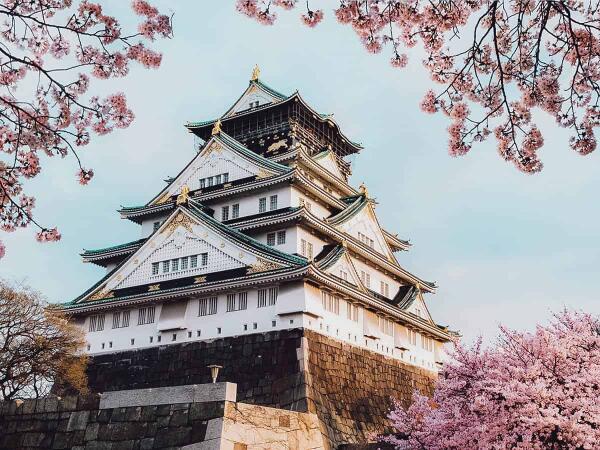 Ultimate 9-Day Itinerary for Osaka, Kyoto, Nara, Kobe, and Himeji 9 Days $1500
Ultimate 9-Day Itinerary for Osaka, Kyoto, Nara, Kobe, and Himeji 9 Days $1500 -
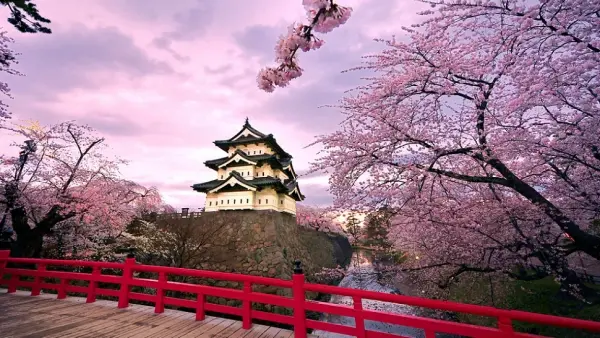 Discovering Japan's Must-See Spots in 21 Days 21 Days $2500
Discovering Japan's Must-See Spots in 21 Days 21 Days $2500 -
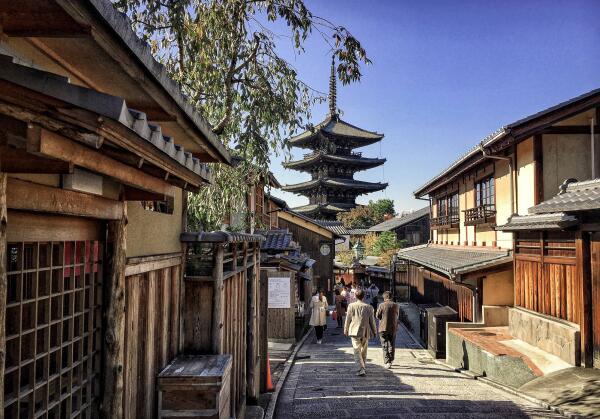 Discovering Japan's Beauty in 21 Days 21 Days $5000
Discovering Japan's Beauty in 21 Days 21 Days $5000 -
 8 days in tokyo osaka kyoto and nara a partner trip travelers must see adventure 8 Days $1200
8 days in tokyo osaka kyoto and nara a partner trip travelers must see adventure 8 Days $1200 -
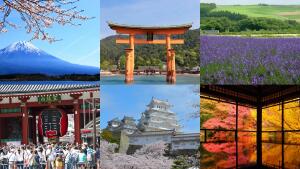 10 day itinerary to Tokyo,Osaka and Kyoto 10 Days $2500
10 day itinerary to Tokyo,Osaka and Kyoto 10 Days $2500 -
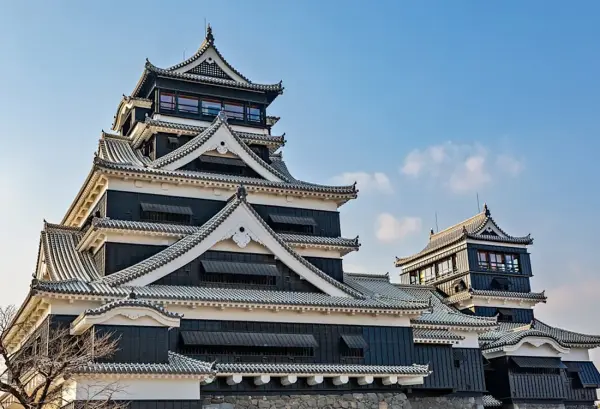 12 Days in Kumamoto, Osaka, and Hiroshima 12 Days $1200
12 Days in Kumamoto, Osaka, and Hiroshima 12 Days $1200
Nearby
See all-
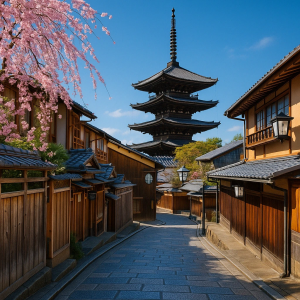 1Kyoto
1KyotoKyoto was for a 1000 years the capital of Japan
5.0 ★ ★ ★ ★ ★ -
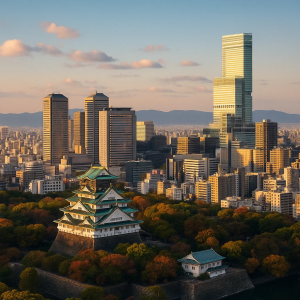 2Osaka
2OsakaOsaka is Japan's second-largest metropolitan
5.0 ★ ★ ★ ★ ★ -
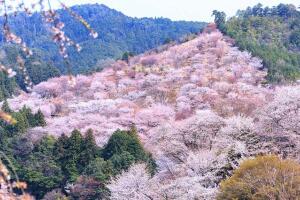 3Yoshino
3YoshinoJapan's most famous cherry blossom spot
-
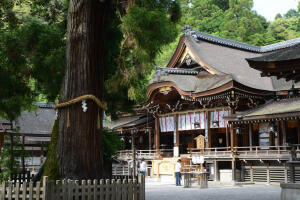 4Asuka and Sakurai
4Asuka and SakuraiThe cradle of Japanese civilization
-
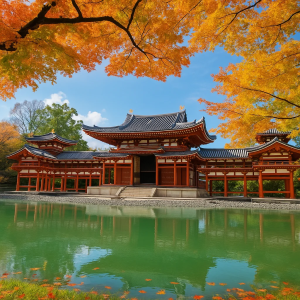 5Uji
5UjiCity south of Kyoto known for its temple and tea
5.0 ★ ★ ★ ★ ★ -
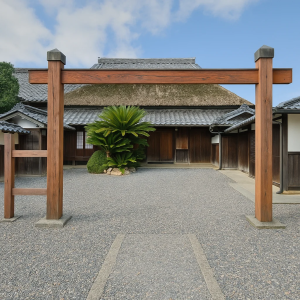 6Koka
6KokaA rural city known as the homeland of the ninja
-
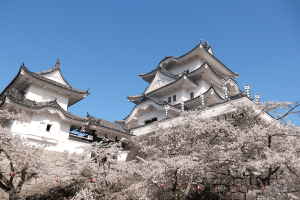 7Iga Ueno
7Iga UenoKnown for its rich history and ninja heritage
-
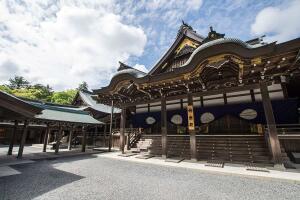 8Ise Shima
8Ise ShimaShrines, ocean views, pearls, theme parks
-
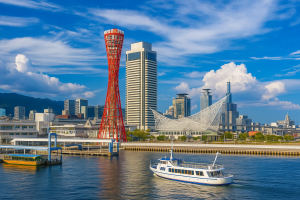 9Kobe
9KobeHarbor city, recovered from the 1995 earthquake
-
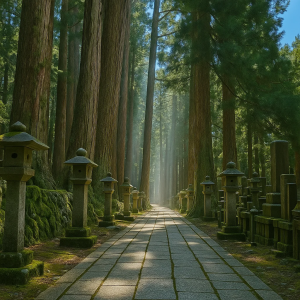 10Koyasan
10KoyasanMountain town known for its impressive temples
Reviews
-
5/5 - Excellent
Nara is a captivating city, known for its rich history and peaceful atmosphere. The Nara Park, home to hundreds of friendly deer, is a highlight and a unique experience for visitors. The park is also where you'll find some of Japan's most iconic landmarks, including Todai-ji Temple with its massive Great Buddha statue, and the tranquil Kasuga Taisha Shrine. The temples, gardens, and serene paths provide a perfect setting for reflection and exploration.
In addition to its historical sites, Nara has a relaxed vibe with charming streets, local markets, and traditional teahouses. Naramachi, the old merchant district, offers a glimpse into the past with its well-preserved architecture and shops selling local crafts. Whether you're a history enthusiast, nature lover, or simply looking for a peaceful escape, Nara’s blend of culture, nature, and calm makes it a perfect destination to unwind and experience Japan's heritage.4 months ago — by Wesley
